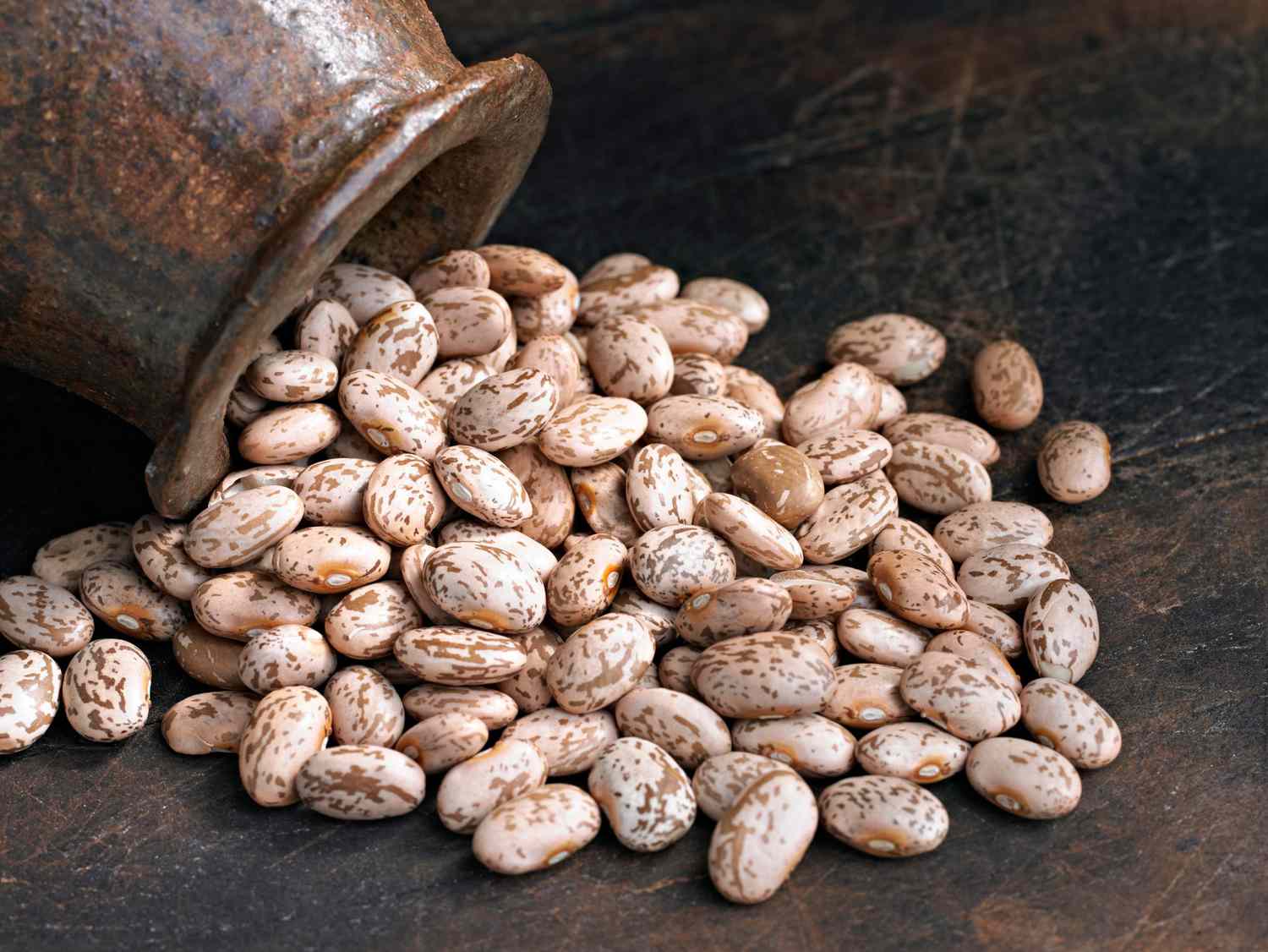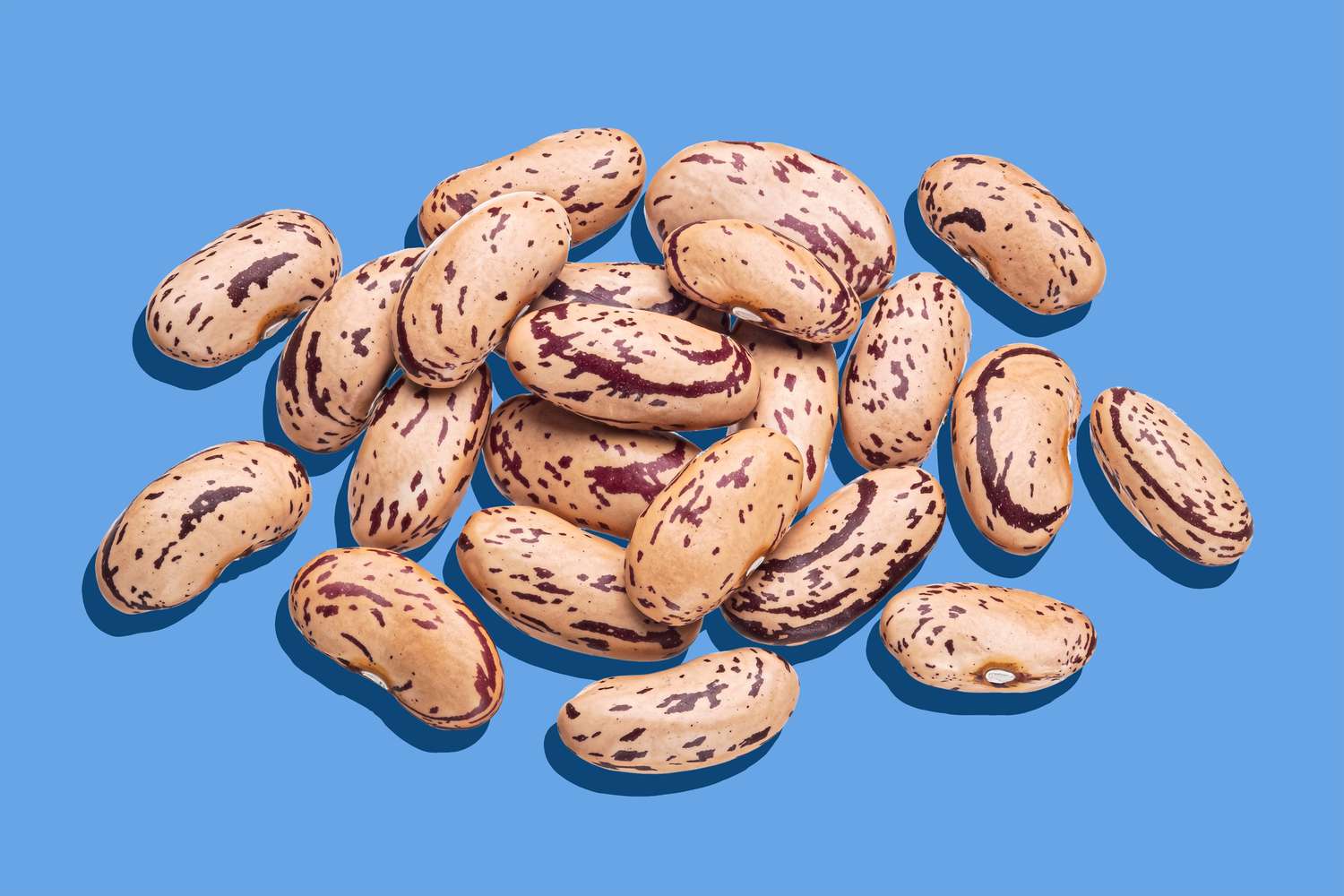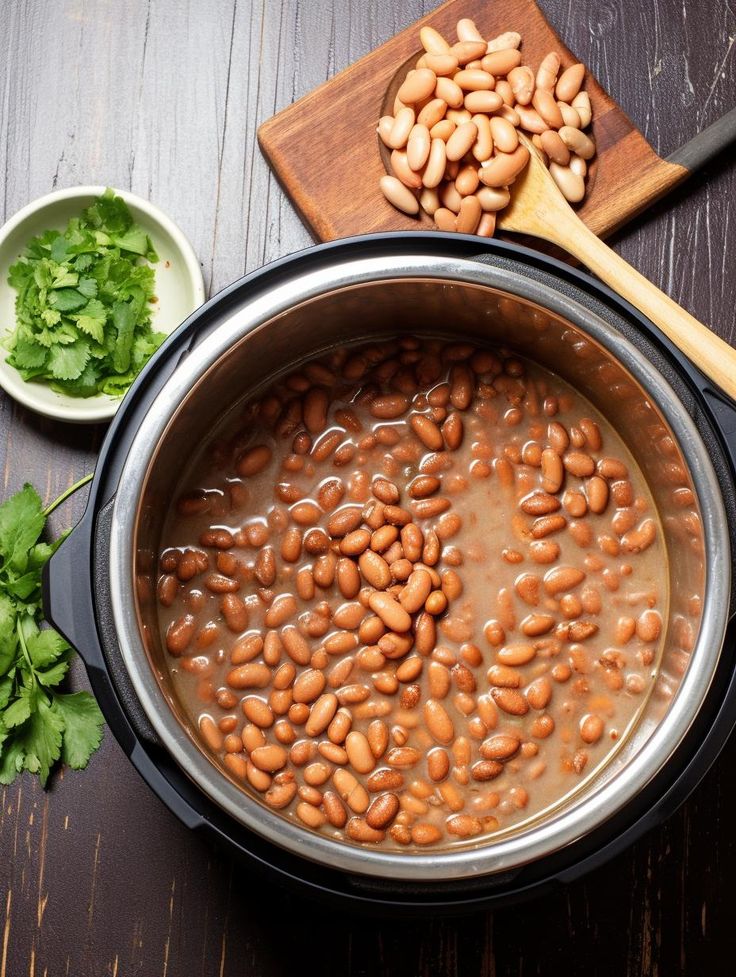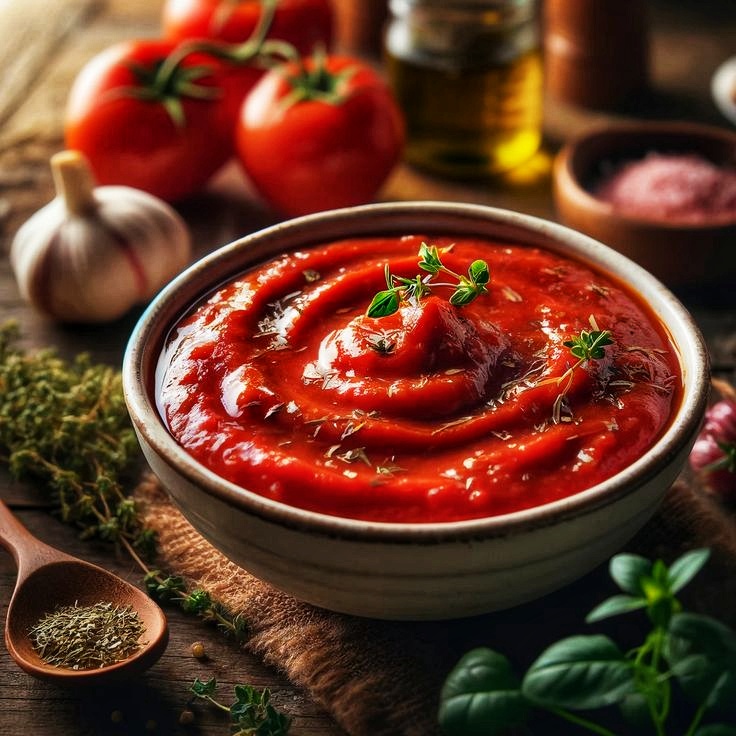Categories
The latest content
-

Customs Clearance & Import Regulations for Bulk Iranian Pinto Beans in EU, Middle East & Africa
..
-

Quality Control & Laboratory Testing Standards for Iranian Pinto Beans
..
-

Logistics & Shipping Solutions for Bulk Iranian Pinto Bean Exports
..
-

Minimum Order Quantity (MOQ) & Bulk Pricing for Iranian Pinto Bean Buyers
..

Tags
Green Fields and Golden Grains: Exploring Rice Cultivation in Mazandaran, Iran

Mazandaran Province, nestled along the southern coast of the Caspian Sea in northern Iran, is renowned for its lush landscapes and vibrant agricultural sector. Among its many agricultural products, rice stands out as a staple crop, deeply ingrained in the region’s culture and economy. This blog post delves into the world of rice cultivation in Mazandaran, highlighting the unique practices, challenges, and significance of this vital industry.
A Storied History of Rice in Mazandaran
Rice cultivation in Mazandaran dates back centuries, with evidence suggesting that rice has been grown in the region for over 1,000 years. The favorable climate, abundant water resources, and fertile soil have made Mazandaran one of Iran’s most important rice-producing areas. Rice farming is not just an economic activity; it’s a way of life for many families in the province.
Ideal Conditions for Rice Cultivation
Mazandaran’s unique geographical and climatic attributes create an ideal environment for rice cultivation:
1. Climate:
o The province enjoys a humid subtropical climate, characterized by warm, wet summers and mild winters. This climate provides the necessary warmth and moisture for rice plants to thrive.
o The annual rainfall in Mazandaran is relatively high compared to other parts of Iran, ensuring a sufficient water supply for rice cultivation.
2. Water Resources:
o Mazandaran is blessed with numerous rivers and streams that originate from the Alborz Mountains and flow into the Caspian Sea. These water resources are crucial for irrigating rice paddies.
o Traditional irrigation systems, such as canals and ditches, have been used for centuries to distribute water to rice fields.
3. Soil Quality:
o The alluvial soils of Mazandaran, enriched by sediments deposited by rivers, are highly fertile and well-suited for rice cultivation.
o These soils are typically rich in organic matter and have good water-holding capacity, providing the ideal conditions for rice growth.
Popular Rice Varieties in Mazandaran
Mazandaran is known for cultivating a variety of high-quality rice, each with its unique characteristics. Some of the most popular rice varieties grown in the province include:
1. Tarom:
o Tarom is one of the most prized rice varieties in Iran, celebrated for its exceptional aroma, flavor, and cooking quality.
o It is a long-grain rice that becomes fluffy and tender when cooked, making it a favorite choice for special occasions and everyday meals.
2. Hashemi:
o Hashemi is another premium rice variety widely cultivated in Mazandaran. It is known for its delicate aroma, slender grains, and excellent taste.
o Hashemi rice is highly sought after for its superior cooking properties and is often preferred for its ability to retain its shape and texture after cooking.
3. Domsiah:
o Domsiah, meaning “black tail” in Persian, is a traditional rice variety that is unique to Mazandaran. It is characterized by its slightly darker color and distinct aroma.
o Domsiah rice is highly nutritious and has a slightly nutty flavor, making it a popular choice among health-conscious consumers.
4. Binam
o Binam is a high-yielding variety. It is known for its good cooking quality and pleasant aroma.
5. Gerdeh
o Gerdeh is an early-maturing variety, suitable for areas with shorter growing seasons. It is known for its relatively high yield and good grain quality.
Traditional Cultivation Practices
Rice cultivation in Mazandaran often follows traditional methods that have been passed down through generations:
1. Seedling Preparation:
o Rice seeds are typically sown in nurseries in early spring. The seedlings are carefully nurtured until they are ready for transplanting.
2. Land Preparation:
o Rice paddies are prepared by plowing and leveling the land. The fields are then flooded with water to create the ideal environment for rice cultivation.
3. Transplanting:
o Rice seedlings are transplanted by hand into the flooded paddies. This labor-intensive process requires skill and precision.
4. Irrigation and Weeding:
o Maintaining a consistent water level in the rice paddies is crucial for optimal growth. Farmers regularly monitor and adjust the water flow.
o Weeding is another essential task to ensure that rice plants receive adequate nutrients and sunlight.
5. Harvesting:
o Rice is typically harvested in late summer or early autumn. Traditional harvesting methods involve cutting the rice stalks by hand and bundling them together.
Challenges and Opportunities
Despite its rich tradition and favorable conditions, rice cultivation in Mazandaran faces several challenges:
• Water Scarcity: With increasing demands on water resources, water scarcity can pose a threat to rice production.
• Climate Change: Changes in rainfall patterns and temperature can impact rice yields and quality.
• Labor Shortages: The traditional methods of rice cultivation are labor-intensive, and labor shortages can be a concern.
• Market Competition: Competition from imported rice can affect the profitability of local rice farmers.
Despite these challenges, there are opportunities for improving rice cultivation in Mazandaran:
• Adopting Modern Technologies: Implementing modern irrigation techniques, using improved rice varieties, and mechanizing farming operations can enhance productivity and efficiency.
• Promoting Sustainable Practices: Encouraging sustainable farming practices, such as integrated pest management and crop rotation, can protect the environment and ensure long-term viability.
• Supporting Local Farmers: Providing training, access to credit, and marketing support can help local rice farmers thrive.
Conclusion
Rice cultivation in Mazandaran Province is a vital part of Iran’s agricultural heritage, deeply intertwined with the region’s culture and economy. The green fields of Mazandaran, nourished by abundant water resources and fertile soil, produce some of the finest rice in the world. By embracing innovation and addressing the challenges, Mazandaran can continue to be a leading rice-producing region, sustaining livelihoods and contributing to Iran’s food security.



